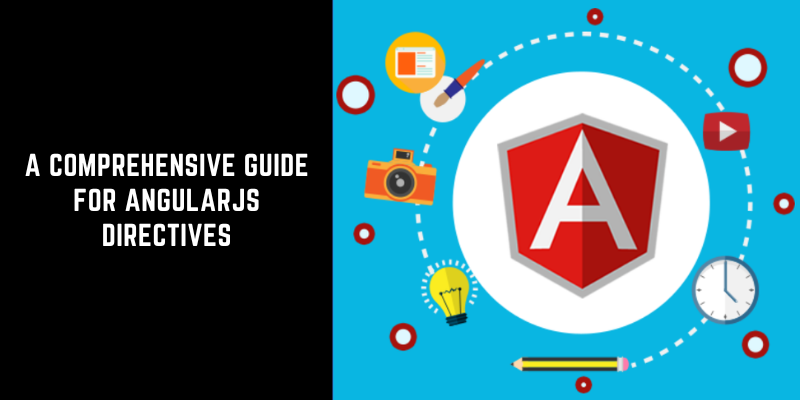A Comprehensive Guide for AngularJS Directives
AngularJS is one of the most popular JavaScript frameworks for building dynamic web applications. It provides developers with a wide range of features that make it easier to manage complex applications. One of the most powerful features of AngularJS is the use of directives. This blog will explore what AngularJS directives are, how they work, and why they are essential. If you want to learn AngularJS, you may consider AngularJS Training in Chennai at FITA Academy.
What are AngularJS Directives?
In AngularJS, a directive is a way to extend the functionality of HTML elements. A directive specifies a new behaviour or functionality for an existing HTML element or attribute. For example, you can create a directive to display a tooltip when the user hovers over a particular element.
Directives create custom HTML tags or attributes that can be reused throughout an application. They encapsulate complex functionality and make it easier to manage. Directives can also create reusable components, add behaviour to existing components, and manipulate the DOM.
Types of AngularJS Directives
There are three types of AngularJS directives: attribute, element, and class. Let’s look into each type in further depth.
1. Attribute Directives
Attribute directives manipulate the behaviour of existing HTML elements. They are defined using the restrict property and specifying the value A. For example, you can create a directive that changes a button’s colour when clicked.
2. Element Directives
Element directives create new HTML elements that can be reused throughout an application. They are defined using the restrict property and specifying the value E. For example, you can create a directive with a new HTML element called my-button.
3. Class Directives
Class directives apply styles to existing HTML elements. They are defined by using the restrict property and specifying the value C. For example, when clicked, you can create a directive that adds a CSS class to a button.
How Do AngularJS Directives Work?
AngularJS directives are defined using the directive function. This function takes two arguments: the directive’s name and a factory function that returns a configuration object for it.
The configuration object for a directive specifies the following:
– The type of directive (attribute, element, or class)
– The template or templateUrl for the directive
– The controller for the directive
– The link function for the directive
The link function is the most essential part of a directive. It is responsible for manipulating the DOM and adding behaviour to the directive. The link function takes three arguments: scope, element, and attributes. If you’re interested in learning AngularJS, many resources are available online. One option is to take an AngularJS Online Course, which can provide you with a comprehensive introduction to the framework and its features.
Why Are AngularJS Directives Important?
AngularJS directives are important because they encapsulate complex functionality and make managing it easier. They allow developers to create reusable components, add behaviour to existing components, and manipulate the DOM. Directives extend the functionality of HTML elements in a way that is easy to understand and maintain.
AngularJS directives are a powerful feature that allows developers to extend the functionality of HTML elements. Directives provide a way to encapsulate complex functionality and make it easier to manage. There are three types of AngularJS directives: attribute, element, and class. The link function is essential to a directive, as it adds behaviour. AngularJS directives are essential because they allow developers to create reusable components, add behaviour to existing components, and even manipulate the DOM. By enrolling in a Training Institute in Chennai, you can gain the skills and knowledge you need to excel in your career and achieve your goals.
Also Read: AngularJS Interview Questions and Answers

